How to Test the Durability of Cotton Wrap Film For Cotton Picker
2025-05-10
Testing the durability of Cotton Wrap Film For Cotton Picker is essential to ensure its reliable performance during the cotton - harvesting process. Here are several common testing methods:
Tensile Strength Test
Sample Preparation: Cut the cotton wrap film into standard - sized strips with specific widths and lengths. Usually, the width can be around 15 - 20 mm, and the length should be long enough to be clamped in the testing machine.
Testing Equipment: Use a tensile testing machine. Mount the film strip firmly in the machine's grips, ensuring that the sample is held straight without any slack or twists.
Testing Process: Set the machine to pull the film at a constant speed, typically around 50 - 100 mm/min. As the machine pulls, it records the force applied to the film until it breaks. The tensile strength is calculated as the maximum force applied divided by the original cross - sectional area of the film strip. A higher tensile strength indicates better durability in resisting stretching forces during the wrapping process.
Tear Resistance Test
Sample Preparation: Prepare rectangular film samples. Make a small cut at one end of the sample to initiate the tear.
Testing Equipment: A tear strength tester can be used. In some cases, a simple manual method can also be employed. For the manual method, hold the sample at the two ends, with the cut end at the top, and pull the two sides apart with a steady force.
Testing Process: Measure the force required to propagate the tear through the film. This can be done using a force gauge if the manual method is used. For a tear strength tester, the machine automatically records the force as the tear progresses. The higher the tear resistance value, the more durable the film is against tearing during handling and transportation of cotton bales.
Puncture Resistance Test
Sample Preparation: Place the cotton wrap film on a flat and rigid support.
Testing Equipment: Use a puncture tester with a standard - sized probe, usually a round - tipped metal rod with a specific diameter (e.g., 1 - 2 mm).
Testing Process: The probe is driven into the film at a controlled speed and force. The tester records the force at which the probe punctures through the film. A film with high puncture resistance can better withstand sharp objects or protrusions from the cotton bales, ensuring that the film remains intact and continues to protect the cotton.
Abrasion Resistance Test
Sample Preparation: Fix a piece of the cotton wrap film onto a test plate.
Testing Equipment: An abrasion tester with an abrasive material (such as sandpaper or a rough fabric) is used. The abrasive material is moved back and forth or in a circular motion against the film surface.
Testing Process: After a certain number of abrasion cycles, observe the film surface for signs of wear, such as scratches, thinning, or loss of integrity. The fewer the signs of wear, the more abrasion - resistant and durable the film is, which is important as the wrapped cotton bales may rub against each other or other surfaces during storage and transportation.
Weathering Resistance Test
Sample Preparation: Expose multiple film samples outdoors or in a weathering chamber.
Testing Equipment: A weathering chamber can simulate various environmental conditions, including sunlight (using UV lamps), humidity, and temperature changes.
Testing Process: Periodically, remove the samples from the outdoor or chamber environment and test their tensile strength, tear resistance, and other properties. Compare these values with the initial values of the non - weathered samples. The smaller the degradation in properties, the better the film's weathering resistance and long - term durability.
You Might Also Like
-
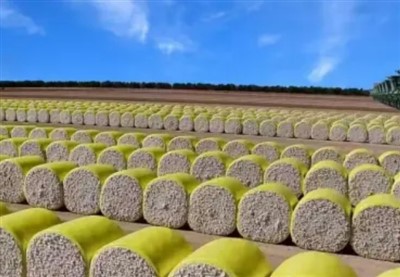
what are the advantages of cotton packaging film
-
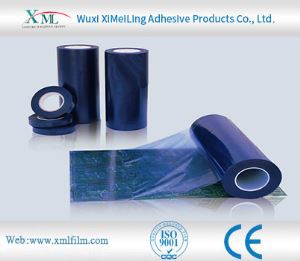
How does pe protective film cope with high temperature environment
-

The Advantages of Cotton Wrap Film
-
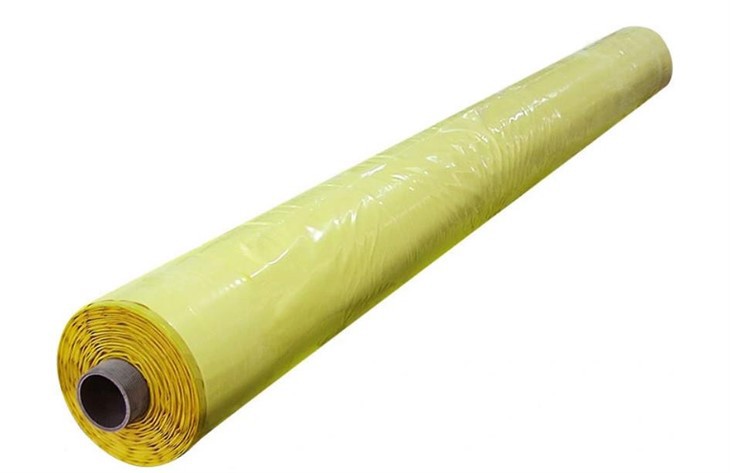
Advantages of Cotton Bale Wrap Film
-
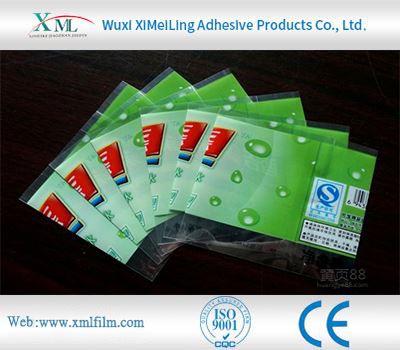
How Polyethylene Packaging Material Copes with High Temperature Environment
-
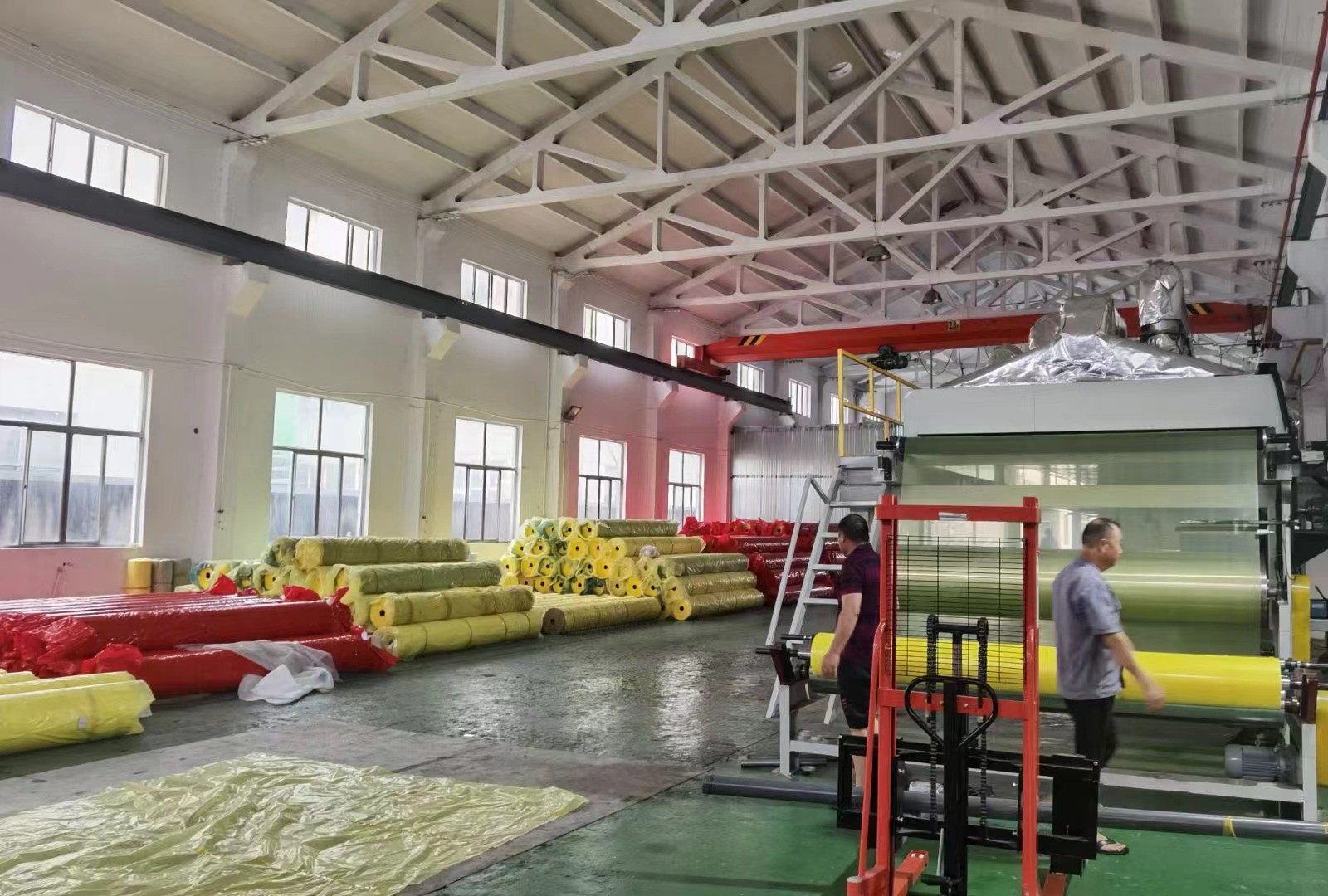
Storage method of cotton bale wrap film
